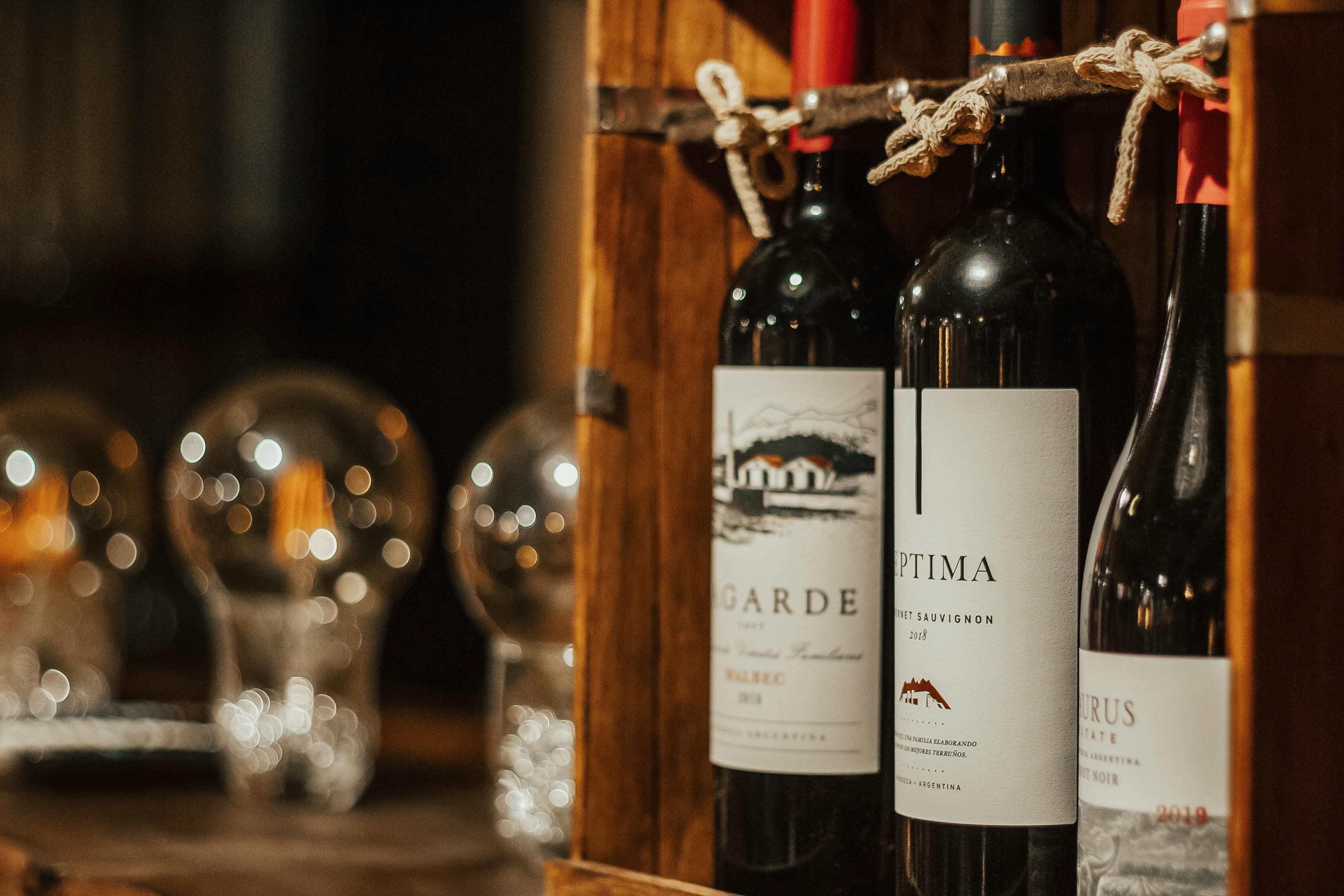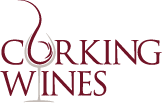
When you walk down the wine aisle or browse an online wine shop, you may feel overwhelmed by the variety of wine bottles and the intricate details on their labels. While some terms may seem like a foreign language, understanding wine labels can help you make an informed decision and enhance your wine-buying experience.
In this guide, we’ll decode the key information on a wine label, explain what each term means, and show you how to use this knowledge to choose the perfect bottle for any occasion.
Why Understanding Wine Labels Matters
Wine labels are much more than just decoration. They are packed with vital information that can tell you everything from the grape variety and region to the alcohol content and vintage year. Understanding these labels can help you:
- Make more informed choices when buying wine
- Understand the quality and style of the wine
- Pair wines better with food
- Recognize the value of a bottle, especially for collectors and investors
In short, wine labels offer a snapshot of the wine inside, and knowing how to read them can significantly enhance your wine experience.
Key Elements of a Wine Label
A standard wine label usually includes several key pieces of information that can help you identify the wine’s origin, type, and quality. Let’s break down these elements so you can decode your next bottle.
1. Wine Name and Brand
At the very top of the label, you’ll typically see the name of the wine. This could be the brand name or a unique wine name chosen by the producer. In some cases, wineries use a vineyard name or a label name that reflects the specific style or region of the wine.
- Example: "Château Margaux" is a renowned brand name associated with high-end Bordeaux wines.
2. Grape Variety
The grape variety or varietal is one of the most important details on the label. This indicates the type of grapes used in the wine. The label may feature a single grape variety (e.g., Chardonnay, Cabernet Sauvignon) or a blend of different varieties (e.g., Bordeaux Blend, Château Bordeaux).
- Example: "Pinot Noir" or "Syrah".
Understanding the grape variety can help you predict the wine’s flavour profile (e.g., Cabernet Sauvignon tends to be bold and tannic, while Pinot Noir is light and fruity).
3. Wine Region and Appellation
The region on the label tells you where the wine was made, which can impact its style and quality. Appellation refers to a legally defined area within a country where the wine is produced, and it can also be a sign of quality.
- Example: "Bordeaux" or "Puglia".
In some cases, the label may also include sub-regions or specific vineyard designations for even more detailed information.
4. Vintage Year
The vintage year refers to the year the grapes were harvested and can be a crucial indicator of the wine's age, quality, and taste. Some wines are made to be consumed young, while others improve with age.
- Example: A 2015 vintage suggests the wine was made from grapes harvested in 2015.
5. Alcohol Content
The alcohol content is usually expressed as a percentage and tells you how strong the wine is. Most wines fall between 12% and 15% alcohol by volume (ABV), with fortified wines like Port and Sherry having higher alcohol content.
- Example: "13.5% ABV".
6. Producer Information
Most wine labels will also include the producer or winemaker’s name. This can be a great clue to the quality of the wine, as well-known winemakers or wineries often maintain high production standards.
Example: "Domaine de la Romanée-Conti".


How to Use Wine Labels to Choose the Right Bottle
Now that you know how to read a wine label, how can you use this information to find the best wine for your needs?
1. Understand Your Tastes
Before heading to the store or online shop, consider what flavours you enjoy. Do you prefer light, crisp wines, or full-bodied, rich ones? Do you lean towards red wines with bold tannins, or do you prefer whites with acidity and fruitiness?
By understanding your preferences, you can look for specific grape varieties or regions known for making wines that match your taste.
2. Pair with Food
Understanding the wine’s flavour profile based on the grape variety and region will also help you select a bottle that complements the meal you’re serving. For example:
- Red meat dishes: Pair a full-bodied red wine (e.g., Cabernet Sauvignon, Syrah).
- Seafood: A crisp white wine like Sauvignon Blanc or Pinot Grigio.
- Cheese: Try a red blend or Chardonnay.
By selecting the right wine for your food, you can enhance both your meal and the wine.
Check out our availabe red wines here...
3. Check the Vintage
If you're looking to age a wine or enjoy it at its peak, always check the vintage year. Older vintages may have developed more complex flavours, while younger wines may have a fresher, fruitier character. If you’re looking for a wine to drink soon, choose a younger vintage.
4. Look for Quality Indicators
Certain terms on a wine label can signal higher quality. For example, “Grand Cru” or “Premier Cru” (for French wines) indicates top-tier vineyards or regions. “DOCG” (Denominazione di Origine Controllata e Garantita) on Italian wines represents the highest level of quality certification.


Quick Q&A
What does “organic” or “biodynamic” mean on a wine label?
“Organic” means the wine was made from grapes grown without synthetic pesticides or fertilizers. “Biodynamic” takes it a step further by following a holistic approach to farming, incorporating lunar cycles and composting. These wines are typically made with minimal intervention in the winemaking process.
Does the region affect the taste of wine?
Yes, the region plays a significant role in the flavour of the wine. Different climates and soils produce different flavours. For example, Chardonnay from Chablis (France) is typically more mineral and acidic, while Chardonnay from California is often richer and more buttery.
Why are some wines labeled “reserve” or “estate bottled”?
"Reserve" usually indicates that the wine has undergone additional aging, making it more refined. "Estate bottled" means the wine was produced and bottled at the estate where the grapes were grown, often implying higher quality and care in production.
How do I know if a wine is a good investment?
Look for wines from reputable regions, vintages, and producers. Rare wines, especially from famous regions like Bordeaux or Burgundy, can appreciate over time. Always check reviews and auction results to gauge a wine’s potential for investment
Read our blog ''Discover the Best Wine Shop in York: Why Corking Wines is Your Top Choice'' here...


